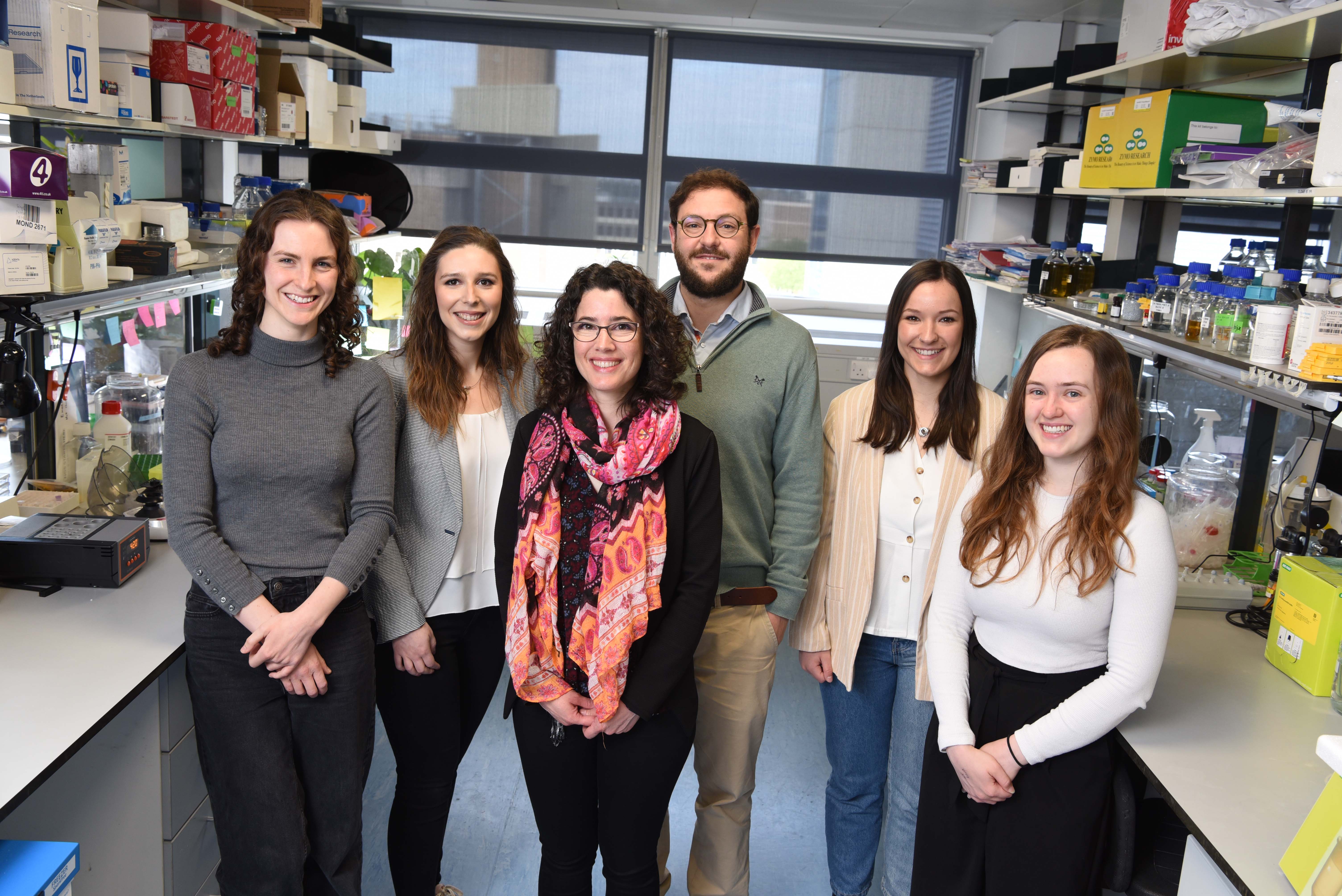Characterising the secretory pathway machinery
General audience summary:
Cells are internally compartmentalised. This allow proteins and lipids that participate in the same biochemical pathways to have higher local concentrations, and proteins that could potentially damage other cellular components (eg. protein degrading enzymes called proteases) to be segregated from other cellular components.
Establishing and maintaining this sub-cellular organisation is a complex task that requires sophisticated machinery to allow proteins to be delivered to the correct place in the cell, without mis-delivering other proteins.
Defects in these sorting pathways result in protein accumulation or mislocalisation, and is one of the major causal factors for neurodegenerative disorders such as Parkinson's or Alzheimer's diseases.
Our group is focussed on trying to understand the fundamental cell biology that allows the cell to sort proteins to the correct subcellular compartments.
Strategic CIMR themes: Membrane Trafficking, Organelle Biology, Rare Genetic Diseases
Funding: Wellcome Trust, Royal Society
Research Group Members: Eleanor Fox, Marie Pereira, Daniele Stalder, Georgia Miller



